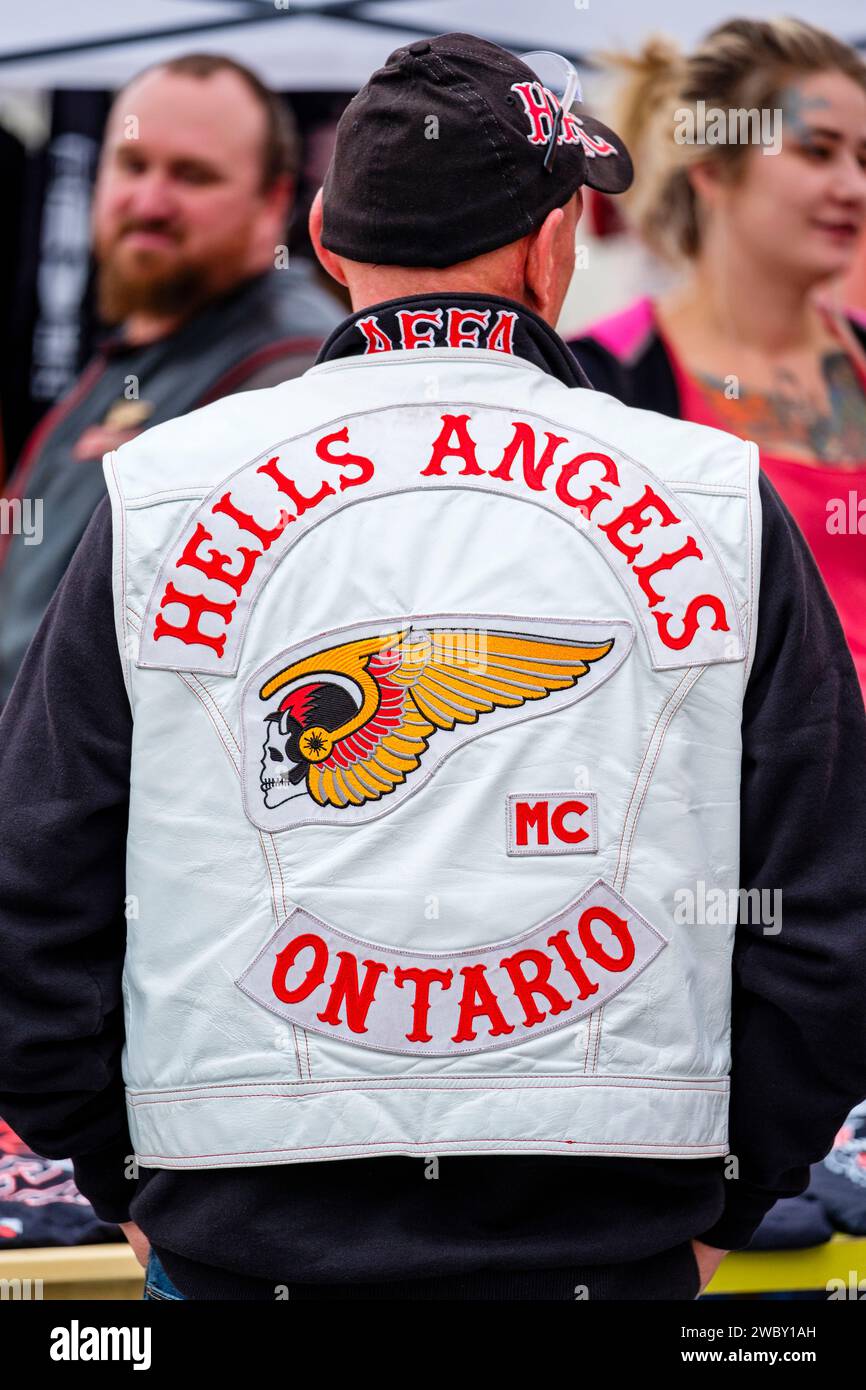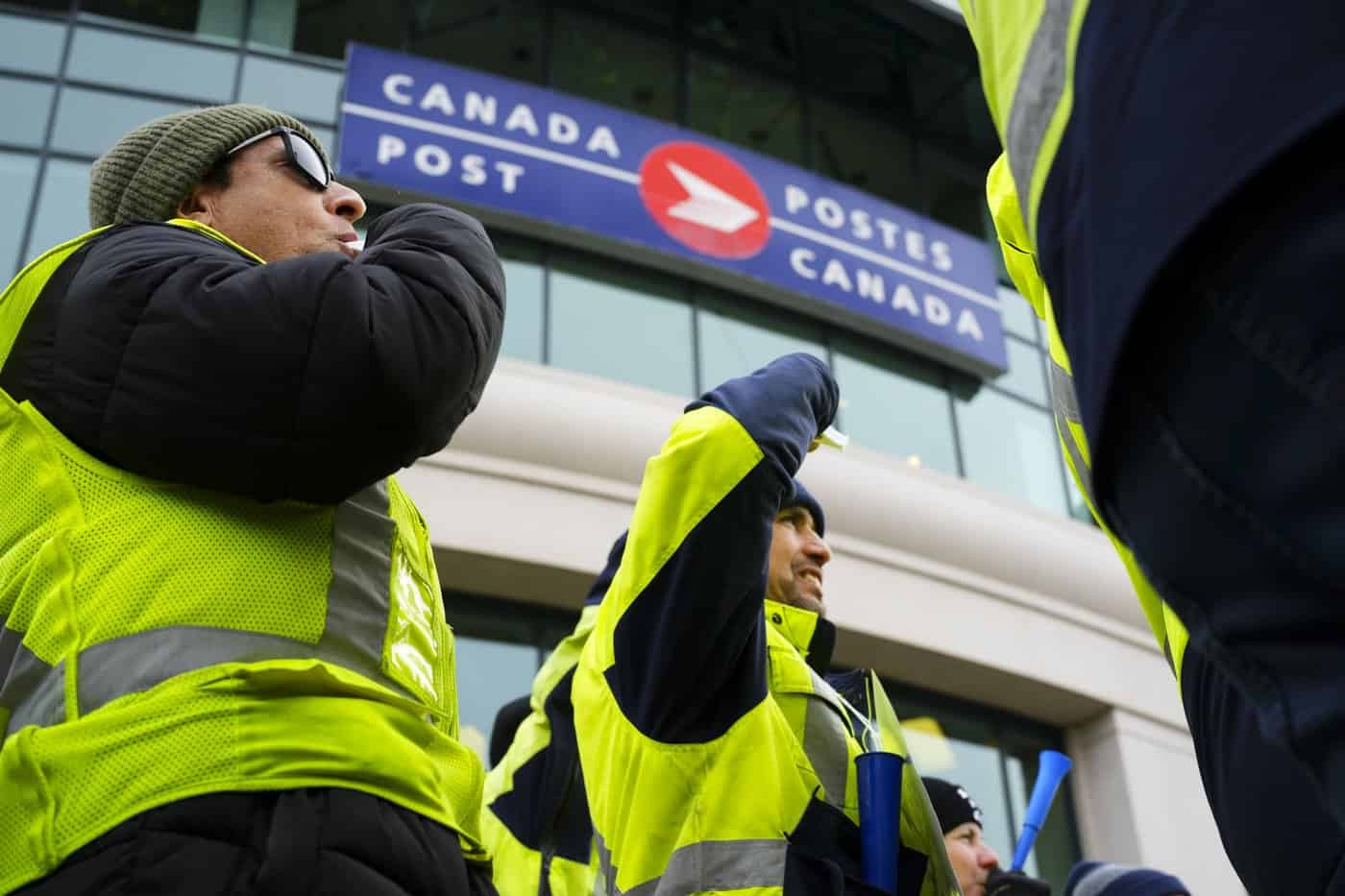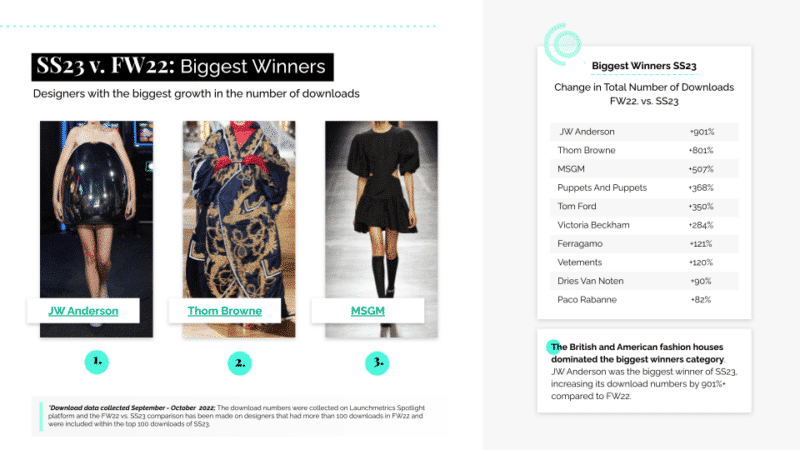The Hells Angels Motorcycle Club: A Comprehensive Overview

Table of Contents
History and Origins of the Hells Angels Motorcycle Club
The Hells Angels Motorcycle Club's story begins in 1948, in the post-war boom of California. Founded initially as a loosely knit group of motorcycle enthusiasts, its origins are deeply rooted in the counter-cultural spirit of the time. The early years saw the club evolve from a social club with a shared passion for motorcycles into a far more structured and complex organization. Key figures and internal power struggles shaped its early trajectory, solidifying its identity and setting the stage for its future growth.
- Founding date and location: March 17, 1948, Fontana, California.
- Early membership demographics: Predominantly white, working-class men, veterans of World War II.
- Early club activities and social context: Motorcycle racing, bar fights, and social gatherings. The post-war era provided a fertile ground for rebellion and anti-establishment sentiment.
- Key early chapters and their influence: The original Fontana chapter served as the foundation for subsequent chapters, which expanded rapidly throughout California.
The Hells Angels' Global Structure and Organization
The HAMC boasts a rigidly hierarchical structure, organized into chapters, often with significant autonomy within a broader framework. "Mother chapters," established early in the club's history, exert considerable influence over their regional networks. Strict internal rules, codes of conduct, and elaborate initiation processes govern membership and maintain the club's distinct identity. This complex organization allows for both centralized control and localized operations.
- Chapter organization and independence: Individual chapters operate independently to a degree, but are ultimately answerable to higher-ups.
- Role of national and international leadership: A formal leadership structure, though its exact nature is often shrouded in secrecy, oversees overall club activities and strategies.
- Membership requirements and initiation processes: Strict requirements, including a lengthy probationary period and often violent initiation rites, maintain exclusivity.
- Internal communication and decision-making: Channels of communication within the HAMC are largely secretive and designed to protect the organization's interests.
The Hells Angels and the Law: Criminal Activities and Legal Battles
The Hells Angels Motorcycle Club has a long and well-documented history of involvement in various criminal activities. Drug trafficking, violence, extortion, and money laundering are frequently cited among the club's alleged illegal operations. The HAMC has faced numerous legal challenges and high-profile court cases worldwide, resulting in countless convictions and ongoing investigations. This ongoing struggle with law enforcement agencies reflects the complex relationship between the club and the legal system.
- Notable criminal convictions and investigations: Numerous high-profile cases have linked the club to significant criminal enterprises.
- Legal strategies used by the HAMC to defend itself: The club often employs aggressive legal tactics to protect its members and its assets.
- Government crackdowns and their effectiveness: Law enforcement agencies in many countries have undertaken significant efforts to combat the club's activities, with varying degrees of success.
- The ongoing debate on the club's legal status and activities: The legal status of the HAMC and the precise extent of its involvement in criminal activities remain hotly debated.
Hells Angels Motorcycle Club Culture and Symbolism
The Hells Angels' iconic "Death Head" logo, along with specific colors and patches, is a powerful symbol of the club's identity. This symbolism, combined with distinct biker attire and accessories, reflects and reinforces the club's rebellious culture and shared values. Rituals, traditions, and the centrality of motorcycles in their lives contribute to a strong sense of brotherhood and loyalty within the organization. Large motorcycle rallies are crucial social events for HAMC members and demonstrate their collective power.
- Meaning and significance of the "Death Head" logo: A symbol of defiance, rebellion, and a rejection of mainstream society.
- Importance of biker attire and accessories: Specific clothing and accessories create a uniform and visual representation of club membership.
- Club traditions and ceremonies: Internal rituals strengthen group bonds and maintain the club's internal cohesion.
- The role of motorcycle rallies and events: These events serve as important social gatherings and displays of club unity.
The Hells Angels in Popular Culture
The Hells Angels Motorcycle Club's image has been heavily shaped by its portrayal in books, films, television, and documentaries. These portrayals have often sensationalized the club's activities, leading to a complex and often contradictory public perception. While some depictions highlight the club's rebellious spirit, many focus on its criminal aspects, contributing to its notorious image. The enduring fascination with the Hells Angels stems from this blend of myth, reality, and the enduring allure of outlaw biker culture.
- Examples of significant media depictions: Numerous films, books, and documentaries have explored different facets of the Hells Angels' story.
- How media portrayals have shaped public opinion: The media has significantly influenced public perception, often exaggerating the club's criminal activities.
- The club's use of media for its own purposes: The HAMC has also utilized media, albeit indirectly, to cultivate a specific image.
Conclusion
The Hells Angels Motorcycle Club represents a fascinating and complex case study. Its history is intertwined with post-war counterculture, its organization is both hierarchical and decentralized, and its criminal activities remain a subject of ongoing investigation and debate. Understanding the Hells Angels requires grappling with the inherent contradictions between its rebellious spirit, its internal code, and its documented involvement in illegal activities. Learn more about the fascinating and complex world of the Hells Angels Motorcycle Club by researching reputable sources and forming your own informed opinions on this iconic and controversial group. Further research into specific aspects of their history, organizational structure, or legal battles can offer a deeper understanding of this enduring phenomenon.

Featured Posts
-
 Relx Trotseert Economische Recessie Met Ai Sterke Resultaten En Vooruitzichten Tot 2025
May 25, 2025
Relx Trotseert Economische Recessie Met Ai Sterke Resultaten En Vooruitzichten Tot 2025
May 25, 2025 -
 Gambling On Calamity Analyzing The La Wildfire Betting Phenomenon
May 25, 2025
Gambling On Calamity Analyzing The La Wildfire Betting Phenomenon
May 25, 2025 -
 Canada Post Strike Concerns The Customer Perspective
May 25, 2025
Canada Post Strike Concerns The Customer Perspective
May 25, 2025 -
 Discover The Extended Jenson Fw 22 Collection Key Pieces And Trends
May 25, 2025
Discover The Extended Jenson Fw 22 Collection Key Pieces And Trends
May 25, 2025 -
 Melanie Thierry De Ses Debuts A Ses Projets Actuels
May 25, 2025
Melanie Thierry De Ses Debuts A Ses Projets Actuels
May 25, 2025
